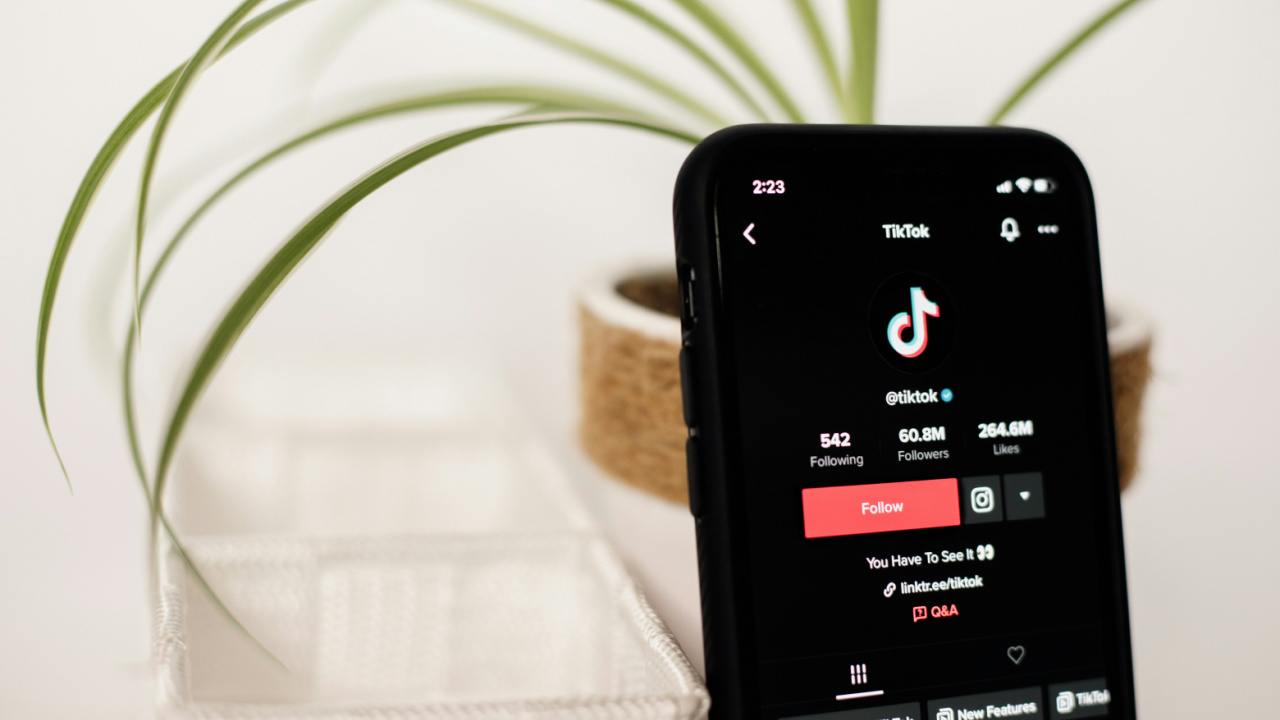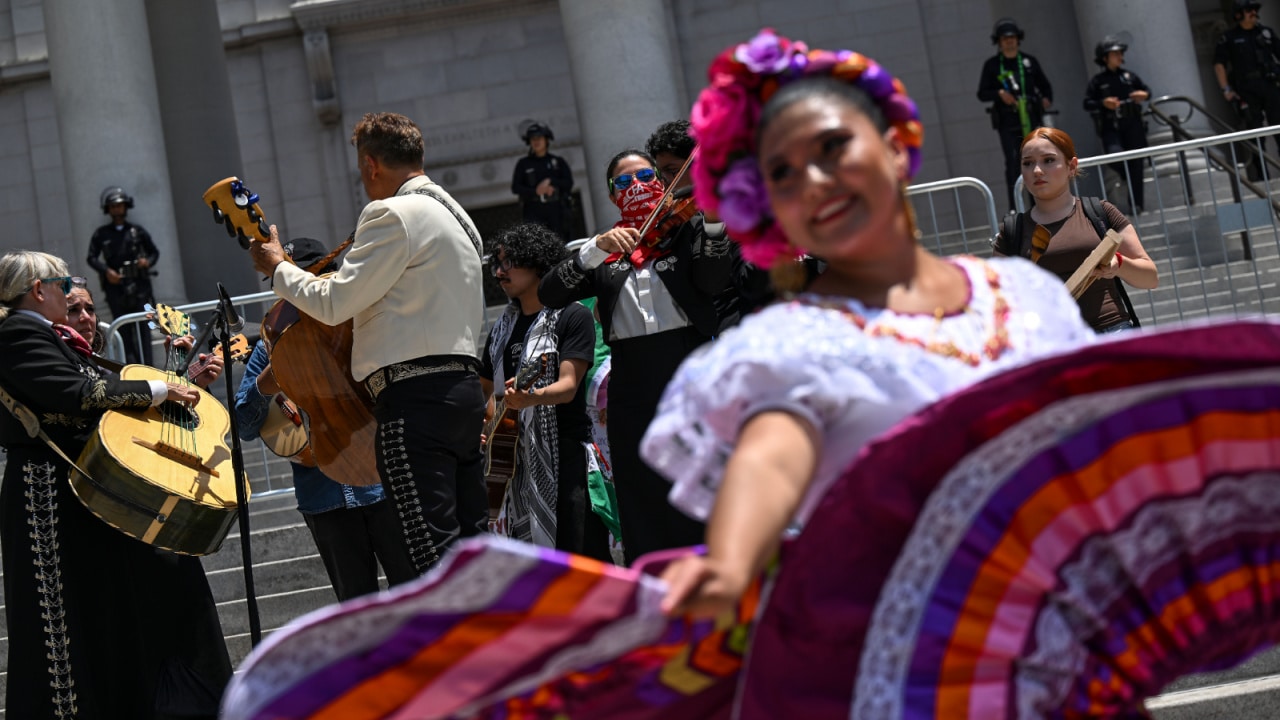Who Really Gets Hit by Trump’s $100K Fee on H-1B Visas?
The $100,000 sticker shock made a lot of people think this targets Latino workers and families. It reads as an immigration headline about us. It is not. The data shows the H-1B pipeline flows through tech and into very specific recruiting channels. That is why the groups most exposed sit in the tech industry and in countries that dominate H-1B approvals.
What Trump changed about H-1B Visas
President Donald Trump signed a proclamation that requires companies to pay a $100,000 fee to obtain H-1B worker visas, according to NBC News. The move comes as the administration intensifies a broader immigration crackdown. Trump said, “I think they’re going to be very happy. Everyone’s going to be happy.”
However, a senior fellow at the American Immigration Council, Aaron Reichlin-Melnick, called the move “almost certainly illegal and likely to be struck down in court,” arguing that Congress allows fees to recover adjudication costs, not to limit visa use. South Korea’s Foreign Ministry said it would “comprehensively assess the potential impact of this measure” on its companies and professionals and would engage the U.S.
The H-1B Visas pipeline skews to India and China
Approvals are concentrated. Roughly seventy-three percent of approved H-1B workers in fiscal 2023 were born in India. Twelve percent were born in China, according to the Pew Research Center. No other birthplace cleared two percent that year, Pew reported. Longer-run filing trends tell the same story. Over a decade, sixty-four percent of petitions involved Indian nationals and 8.7 percent involved Chinese nationals, according to a review of USCIS data.
Tech demand drives H-1B, which shapes who feels this
Computer-related jobs have dominated H-1B for more than a decade. About sixty-five percent of approved H-1B workers in 2023 held computer-related roles, with a median salary of $123,600, according to the Pew Research Center. A separate analysis of 2007–2017 petitions found fifty-nine percent were for computer-related occupations, with another nine percent in architecture and engineering, according to the Center for Immigration Studies.
The biggest single employer for approvals since 2020 has been Amazon, Pew reported, with other top users including Cognizant, Infosys, Tata Consultancy Services, and Google. Geographic hot spots track those employers. New York led metro approvals in 2023. Washington, D.C., and San Jose followed.
Where Latinos fit in this picture
Official U.S. data tracks country of birth, not ethnicity, which makes it difficult to determine the Hispanic share precisely. Yet the country-of-origin pattern shows very small H-1B numbers from Latin America compared with India and China, according to Pew’s approvals by birthplace and decade-long filing trends summarized by the Center for Immigration Studies.
A separate labor analysis argues that the current H-1B regime can limit career opportunities for U.S. women, African Americans, and Latinos in STEM by enabling below-market wages and constraining worker mobility, according to a 2020 fact sheet from the Department for Professional Employees. That dynamic shapes who gets recruited and who advances in tech. It also explains why a punitive fee lands hardest where the program is most used, which is not the core of Latino professional employment.
The policy context around H-1B Visas
Congress caps new H-1B visas at 65,000 a year, with 20,000 more for advanced degrees and exemptions for universities and research groups. Approvals have climbed in recent years, driven largely by renewals. In 2024, about sixty-five percent of approvals were renewals, Pew reported. Denial rates spiked in 2018 during Trump’s first term, then fell under President Joe Biden after courts rejected earlier restrictions, according to Pew. That history matters because legal challenges could decide whether a $100,000 fee survives.
So who feels the hit day to day?
Tech employers that rely on H-1B will feel it first. Indian and Chinese nationals who anchor the applicant pool will feel it next. South Korean firms already flagged concerns after recent enforcement actions. Latino workers, families, and recent grads may feel indirect effects through the broader labor market or corporate hiring slowdowns, but the immediate cost burden tracks to the sectors and countries that dominate approvals, as shown by Pew’s occupation and birthplace data and CIS’s long-run filing trends.




